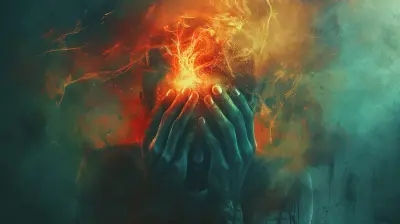The Science Behind Psychotic Episodes
17 October 2025
Have you ever heard someone mention a "psychotic episode" and wondered what that actually means? It's a term that's often misunderstood and surrounded by stigma, but in reality, it's a complex psychological phenomenon rooted in both biology and environmental factors. In this article, we'll dive deep into the science behind psychotic episodes, exploring what they are, how they manifest, and what causes them. By the time you’re done reading, you’ll have a much clearer understanding of the topic, and hopefully, a bit more empathy for those affected by psychosis.
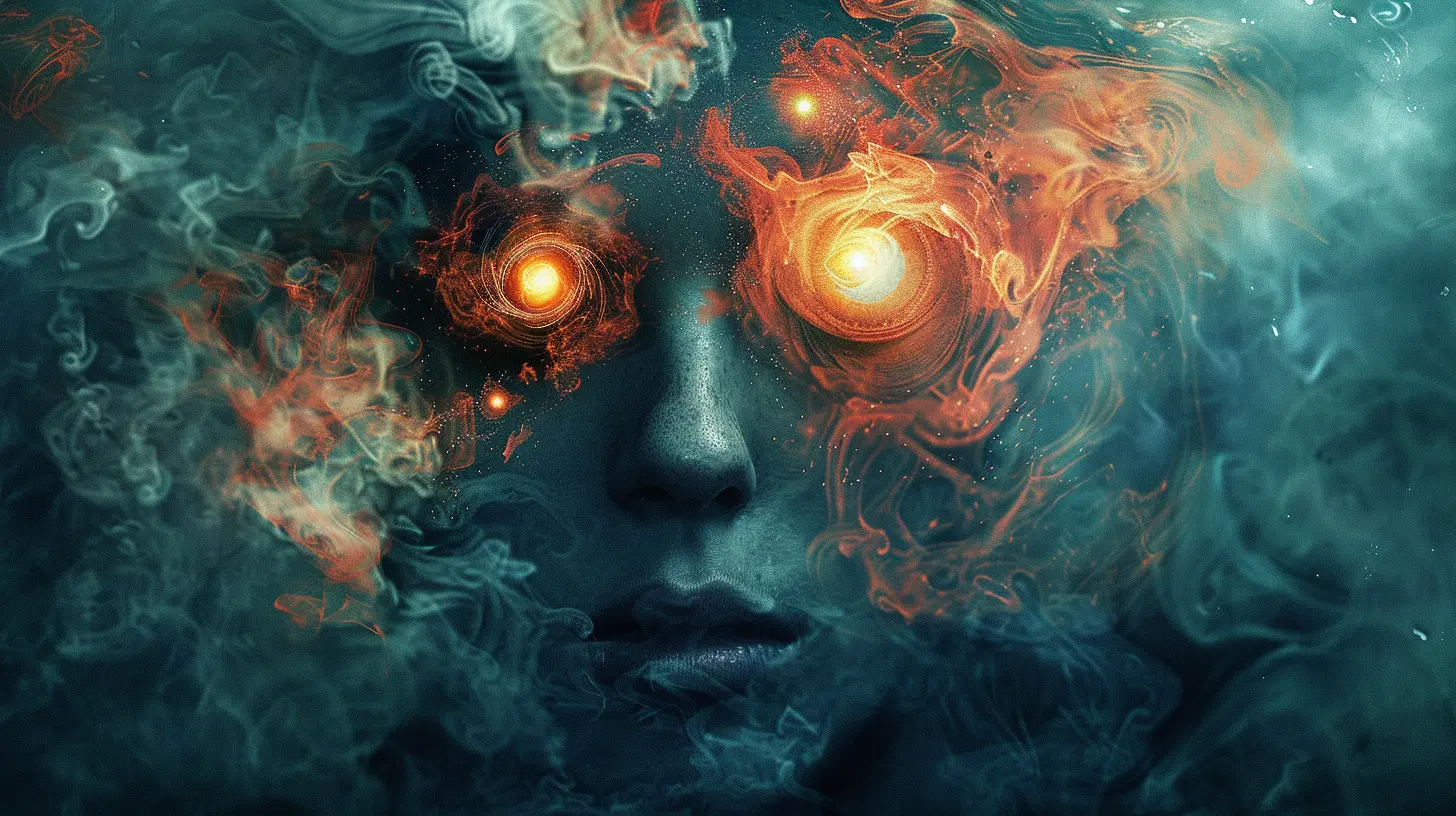
What Is a Psychotic Episode?
Let’s start with the basics. A psychotic episode refers to a period during which someone loses touch with reality. It’s not just about having strange thoughts or feeling “off”; it’s a profound disruption in how a person interprets the world around them. During these episodes, individuals may experience hallucinations, delusions, disorganized thinking, and other symptoms that make it difficult to distinguish between what's real and what's not.Now, you might be thinking, "Okay, but what exactly are hallucinations and delusions?" Let's break them down.
Hallucinations vs. Delusions
- Hallucinations are when someone perceives something that isn’t actually there. This could involve hearing voices, seeing things, or even feeling sensations that have no external source. Imagine hearing someone call your name when you’re home alone—that’s a mild form of what a hallucination might feel like.- Delusions, on the other hand, are strong beliefs that are clearly false but feel very real to the person experiencing them. For instance, they might believe they have superpowers or that they’re being watched by the government, even when there’s no evidence to support these claims.
These two symptoms often go hand-in-hand during a psychotic episode, making it incredibly disorienting for the person going through it.
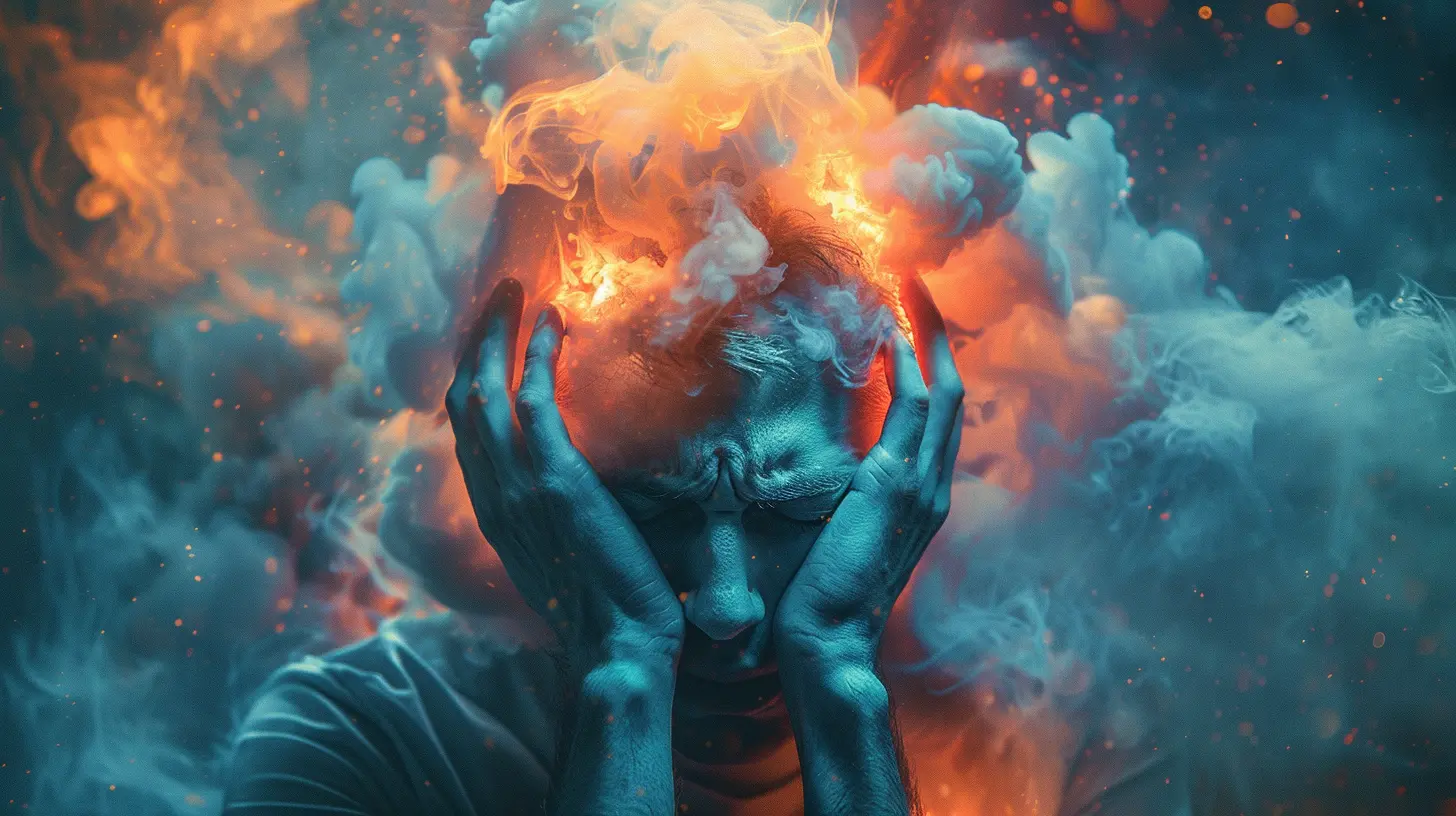
What Causes Psychotic Episodes?
Psychotic episodes don’t just happen out of nowhere. They’re usually the result of a combination of factors—both biological and environmental. Let’s take a closer look at some of the main causes:1. Genetics and Family History
Psychosis has a strong genetic component. If someone has a family member who has experienced psychosis or has been diagnosed with a psychotic disorder (like schizophrenia), they’re at a higher risk of experiencing similar symptoms. But it’s important to remember that genetics alone don’t guarantee someone will have a psychotic episode. It’s just one piece of the puzzle.2. Brain Chemistry and Structure
Neurotransmitters, the brain’s chemical messengers, play a big role in psychotic episodes. Specifically, dopamine and glutamate are often implicated. Excess dopamine activity in certain parts of the brain can lead to hallucinations and delusions. It’s like turning up the volume too high on a stereo—everything becomes distorted and overwhelming.There’s also evidence that certain structural abnormalities in the brain, such as enlarged ventricles or reduced gray matter, are associated with an increased risk of psychosis. However, these are still areas of ongoing research, and scientists are continually learning more about the brain’s role in psychotic episodes.
3. Environmental Stressors
Trauma, stress, and major life changes can all act as triggers for psychosis, especially if someone already has a genetic predisposition. For instance, people who have experienced childhood trauma or abuse may be more susceptible to psychotic episodes later in life. Similarly, a significant event—like losing a job, ending a relationship, or even moving to a new city—can trigger an episode in someone who’s vulnerable.4. Substance Use
Certain drugs, particularly hallucinogens like LSD or substances like cannabis, can trigger psychotic episodes. For some people, substance use can bring on a temporary psychosis that resolves once the drug wears off. However, in others, drug use can lead to more long-term psychotic disorders. This varies from person to person and depends on factors like the type of drug, dosage, and individual susceptibility.5. Sleep Deprivation
A lack of sleep can mess with your brain in surprising ways. Prolonged sleep deprivation can lead to cognitive impairments and, in extreme cases, psychotic symptoms. It’s like trying to drive a car with no fuel—you can only go so far before the engine starts to sputter.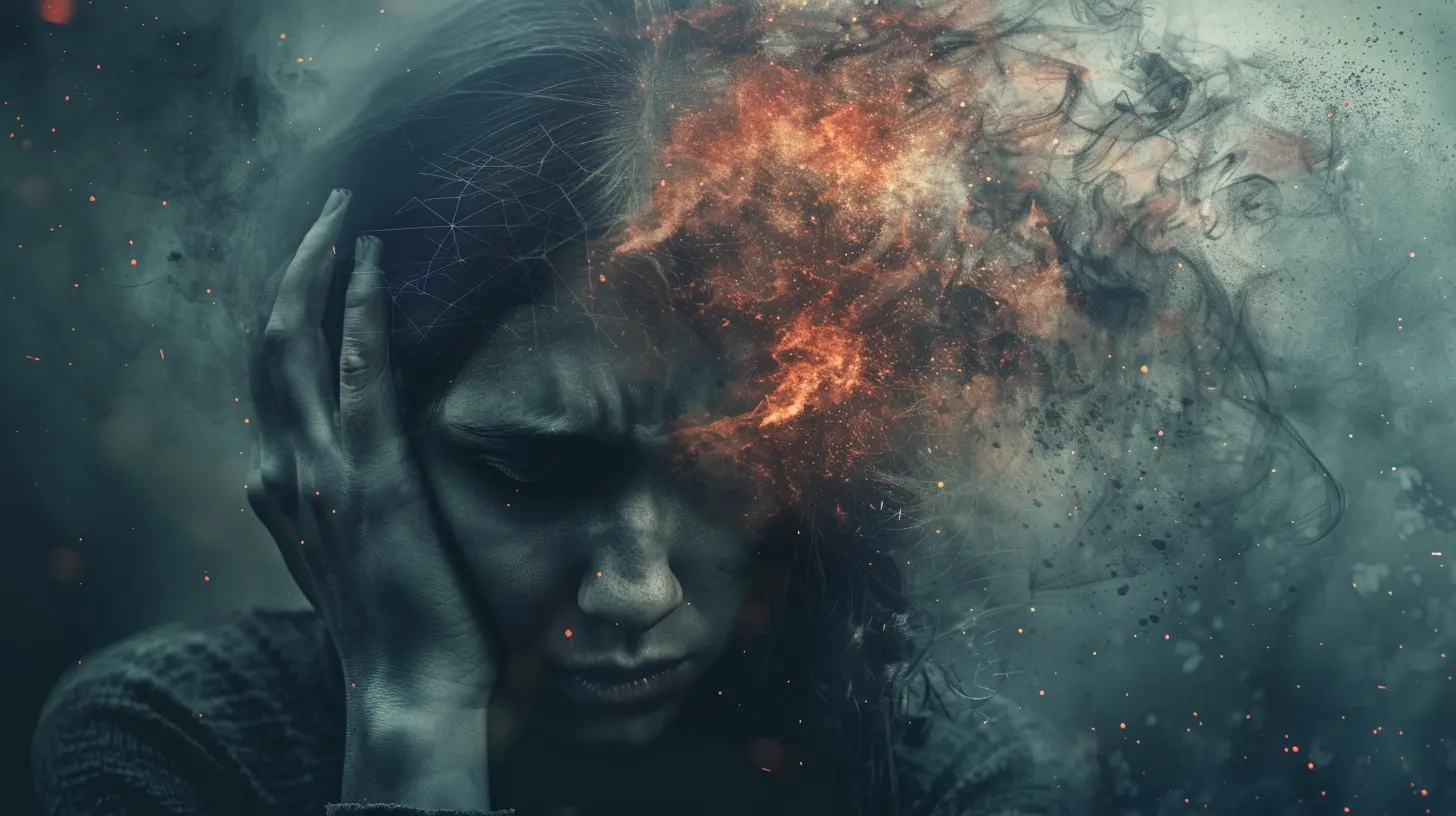
The Stages of a Psychotic Episode
Psychotic episodes don’t usually appear out of nowhere. There are often warning signs or stages that people go through before a full-blown episode occurs. Understanding these stages can help in recognizing when someone may be at risk.1. Prodromal Stage
This is the "pre-episode" phase, where subtle changes in behavior and thinking start to appear. The person might become more withdrawn, have difficulty concentrating, or seem more suspicious than usual. It’s easy to overlook these signs because they can be mistaken for normal stress or anxiety. However, catching psychosis in this early stage can make a huge difference in getting treatment before things escalate.2. Acute Stage
This is when the psychotic symptoms become most apparent. Hallucinations, delusions, and disorganized thinking intensify, and the person may struggle to function in their daily life. This is often the stage where people seek help—or are brought to medical attention by concerned friends or family.3. Recovery Stage
After the acute phase, the individual may begin to regain insight and come back to reality. However, recovery isn’t always linear, and some symptoms may linger for a while. With the right treatment, many people can recover fully and lead fulfilling lives, but without intervention, the risk of another episode increases.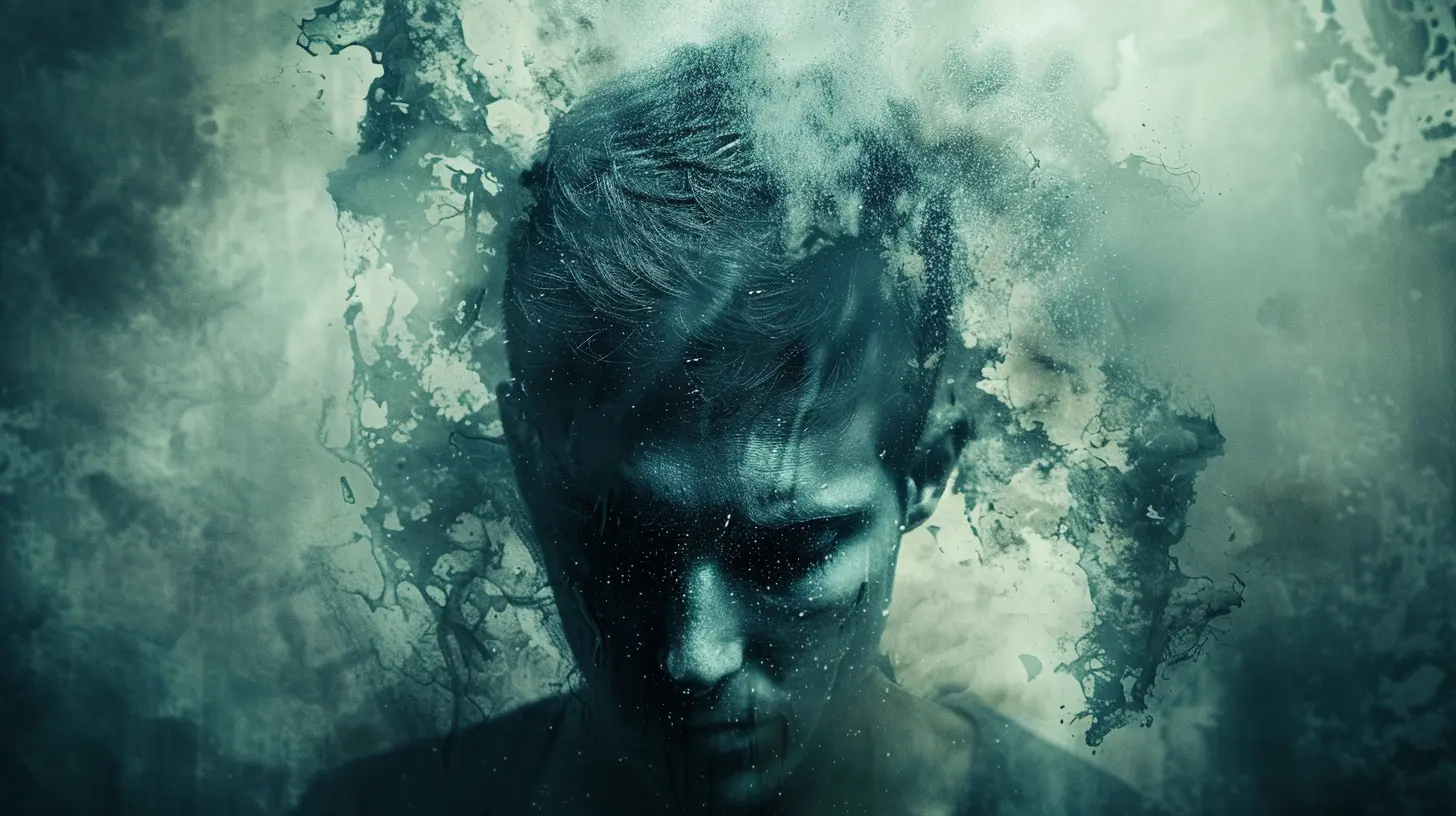
How Are Psychotic Episodes Treated?
Treating psychotic episodes is a multi-faceted approach, typically involving medication, therapy, and lifestyle changes. Let’s explore the most common treatment methods:1. Antipsychotic Medications
The cornerstone of treatment for psychosis is antipsychotic medication. These drugs work by targeting dopamine and other neurotransmitters to help reduce the intensity of hallucinations and delusions. Some common antipsychotic medications include:- Risperidone
- Olanzapine
- Aripiprazole
- Clozapine (especially for treatment-resistant cases)
It can take some time to find the right medication and dosage, and side effects are possible, but many people find significant relief from their symptoms with these drugs.
2. Psychotherapy
Therapy can help individuals make sense of their experiences and develop coping strategies. Cognitive Behavioral Therapy (CBT) is one of the most widely used forms of therapy for psychosis. It helps people challenge and change distorted thoughts or beliefs, making it easier to manage symptoms.Family therapy is another effective option, as it helps educate loved ones about psychosis and provides a support system for the person in recovery.
3. Lifestyle Changes
In addition to medication and therapy, certain lifestyle changes can help reduce the risk of future psychotic episodes. These include:- Managing Stress: Stress is a major trigger for psychosis, so finding ways to manage it—like through mindfulness, yoga, or relaxation exercises—can be incredibly helpful.
- Healthy Sleep Habits: Poor sleep can worsen psychosis symptoms, so establishing a regular sleep routine is key.
- Avoiding Substance Use: Steering clear of drugs and alcohol can significantly lower the risk of psychotic episodes, especially for those with a history of substance-induced psychosis.
Myths About Psychotic Episodes
Unfortunately, there’s still a lot of misinformation about psychosis, and this can contribute to stigma. Let’s bust a few common myths:1. Myth: Psychotic People Are Violent
This is one of the most harmful myths out there. While it’s true that some people with psychosis may act out during an episode, they’re actually more likely to harm themselves than others. The idea that psychosis equals violence is not only misleading, but it also prevents people from seeking help due to fear of judgment.2. Myth: Psychosis Is a Permanent Condition
Another misconception is that once someone experiences a psychotic episode, they’re “crazy” for life. In reality, many people experience one episode and never have another. Even for those with chronic conditions like schizophrenia, proper treatment can lead to long periods of stability and full participation in daily life.3. Myth: Psychosis Is Rare
Psychotic episodes are more common than you might think. About 3% of people will experience a psychotic episode at some point in their lives. It’s not as rare as Hollywood would have you believe, and it can happen to anyone, regardless of background or upbringing.
Final Thoughts: Understanding Psychotic Episodes
Psychotic episodes, while distressing, are treatable, and understanding the science behind them can help reduce fear and stigma. Whether the cause is genetic, chemical, or environmental, the important thing to remember is that those experiencing psychosis are still people who deserve compassion and support.If you or someone you know is showing signs of a psychotic episode, reaching out for help early can make a huge difference in recovery. With the right treatment and support, many people are able to manage their symptoms and live fulfilling, productive lives.
all images in this post were generated using AI tools
Category:
Psychiatric DisordersAuthor:

Paulina Sanders
Discussion
rate this article
1 comments
Zina Mathews
Thank you for shedding light on such an important topic. Understanding the science behind psychotic episodes can foster empathy and awareness, helping us support those who experience these challenging moments. Appreciate your insights!
November 5, 2025 at 5:02 AM

